It started the way most discoveries do: by not doing something I was supposed to, which was cleaning my copper. Mine is not a make it shine kitchen. It's a laboratory of experiments, trials and - actual, daily cooking. This is an easy copper cleaning method for people who like a bit of patina and very little effort.
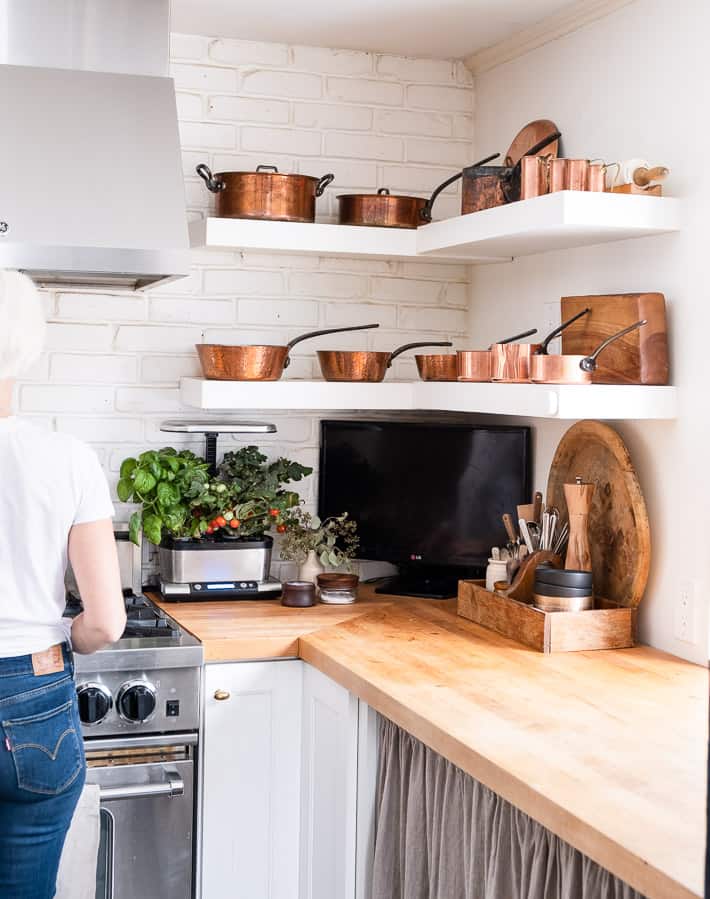
Does cleaning copper with ketchup work? Yes—but only if you leave it on longer than is normally recommended and you’re not expecting a mirror finish.
The above visual of my copper pots isn't exactly a lie, it's a "best of" moment. I had just cleaned all the copper.
On most days it looks a bit more - rugged.
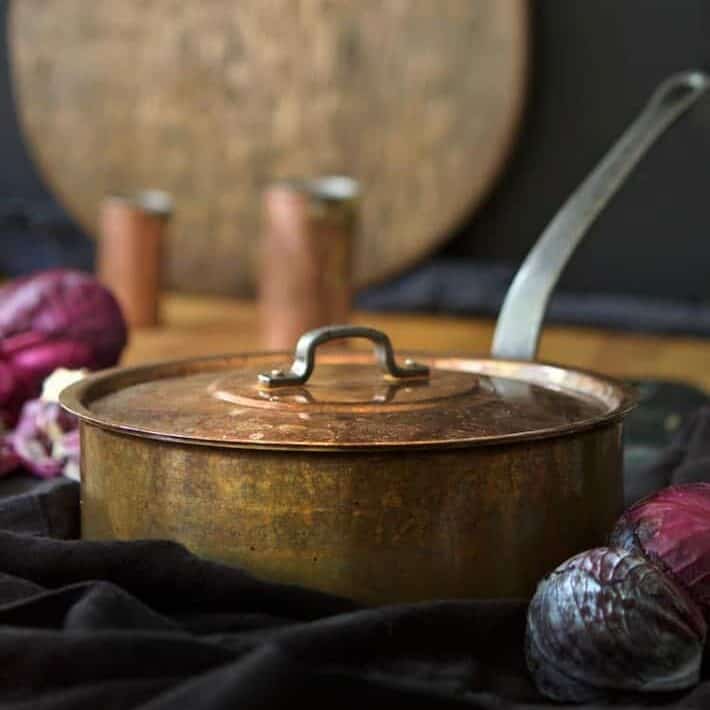
I noticed it every time I made something acidic—like this carrot soup, which gets ladled out with more enthusiasm than accuracy, or a batch of homemade pesto that somehow ends up on both the pasta and the pot.
If it dripped down the outside of my tin-lined copper pot and dried before I got around to wiping it off, the copper underneath would be bright.
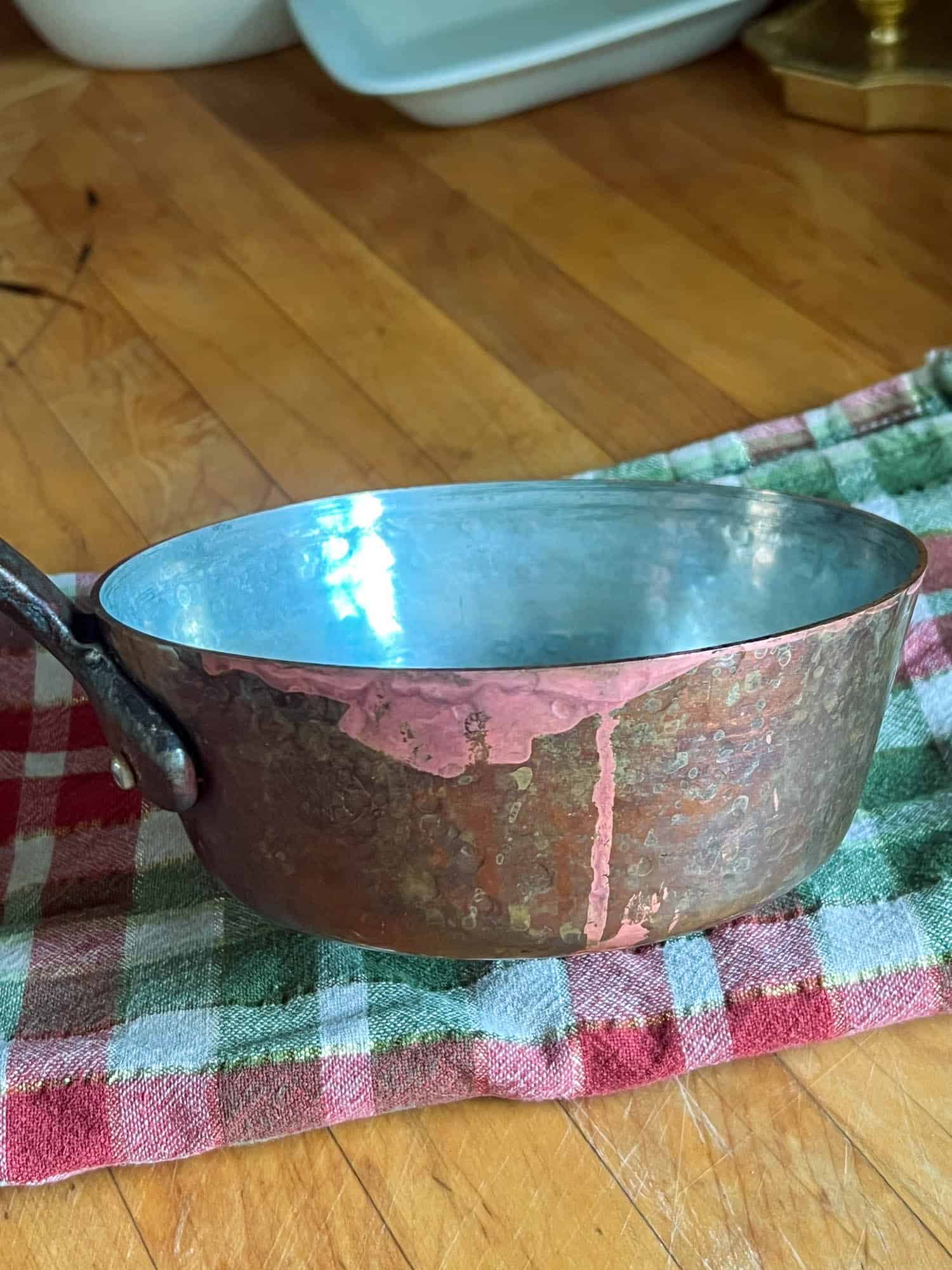
Raw copper bright. Like the pot had exfoliated itself while I was off doing something more important.
Last week, I had a bottle of ketchup in that awkward, end-of-life stage, PLUS a brand new, shiny, bright red bottle of ketchup. If you’ve ever opened a fresh bottle of any condiment, you know the satisfaction.
A reset. A small but undeniable thrill.
So naturally, I did the only reasonable thing:
I smeared the dregs of the old ketchup all over the outside of the pot and baptized my fries with the new ketchup.
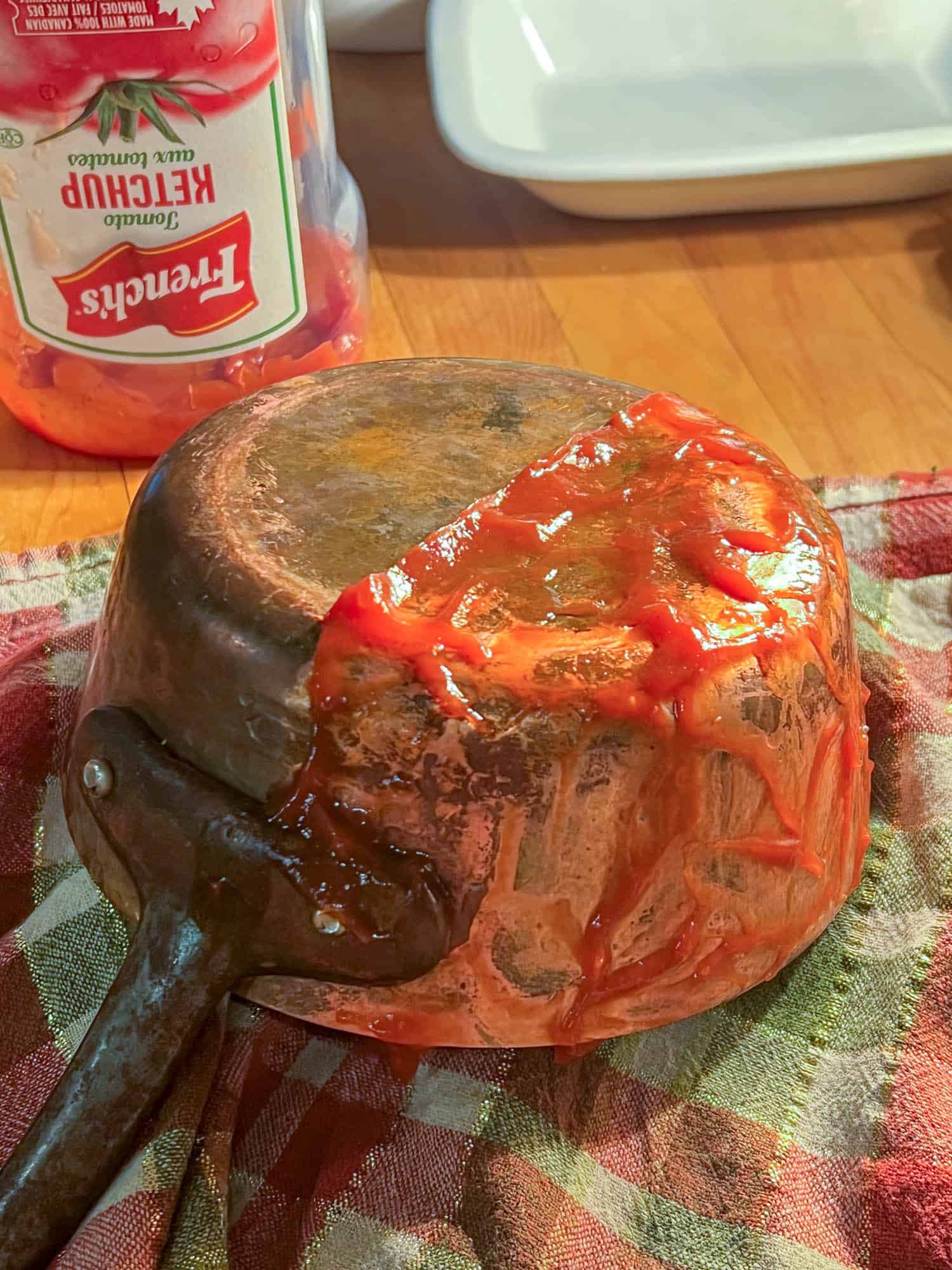
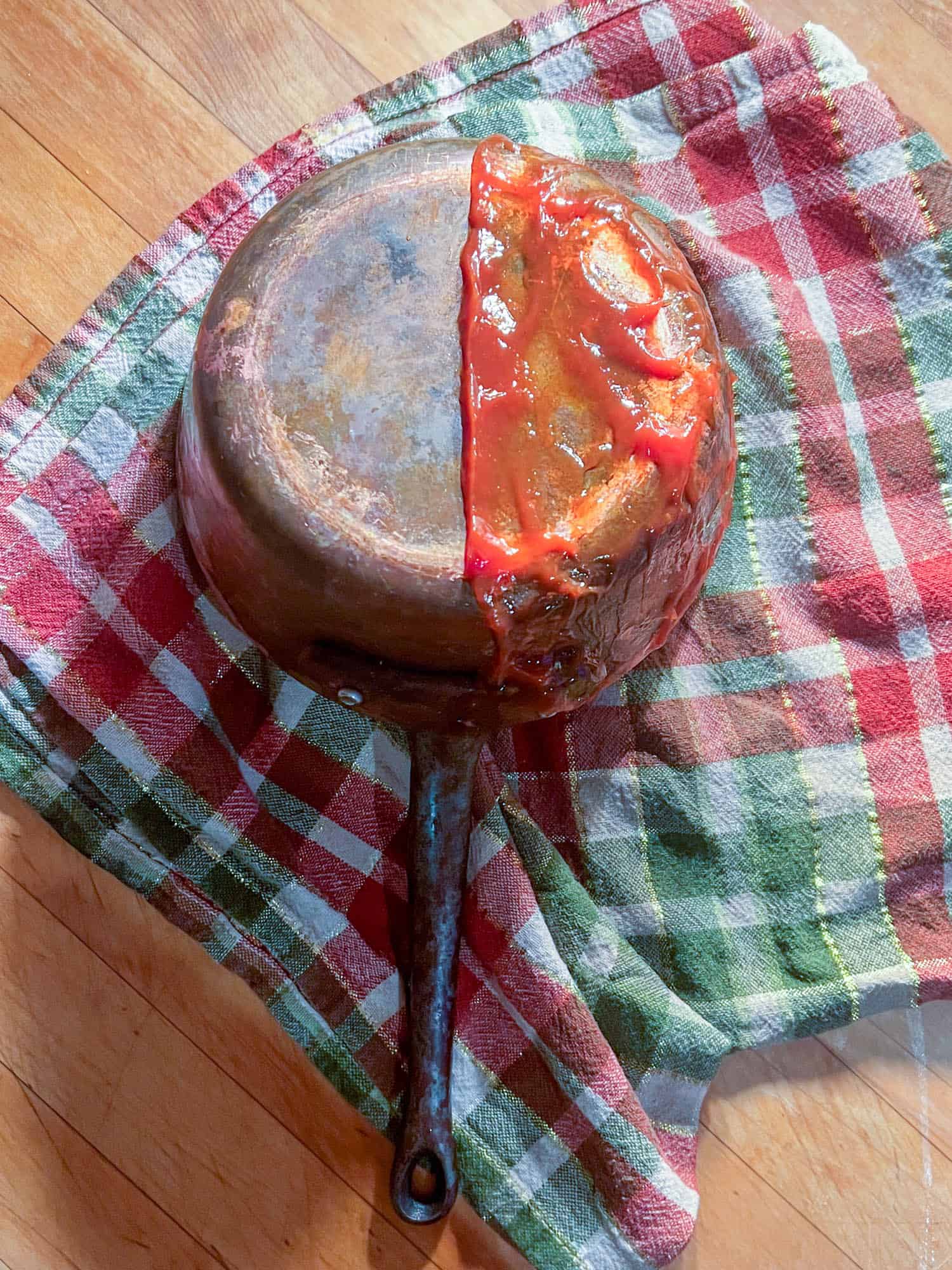
I’d tried the usual ketchup trick years ago—smear it on, wait a few minutes, then rub like it owes you a genie. Too much work for not much payoff.
This time, I followed the carrot soup’s lead: did nothing. Just coated the pot in ketchup and left it overnight.
It worked.
Not perfectly—but enough. The tarnish was gone. The copper looked lighter, warmer. Not shiny. Just better. So much better. And I didn’t lift a finger.
If you're the kind of copper person who kine of likes a lived-in glow over a blinding shine, this is your method.
The Let-It-Dry Ketchup Method (Step by Step)
This wasn’t a science experiment. I didn’t time anything. I didn’t wear gloves. I didn't even clear a proper workspace. I just slapped a coat of ketchup on the pot and walked away to do something actually enjoyable.
What you need:
- Ketchup
- A copper pot
- A few hours
- A relaxed relationship with perfection
What I did:
- Slathered the ketchup on the outside of the pot.
Don’t apply it thinly—go for full coverage.
A patchy coat means patchy results. Think barbecue sauce level, not polite drizzle. - Let it dry completely—about three hours.
Minimum time: 30–60 minutes.
Longer is better. Overnight = ideal, but 1 hour still gives visible results. - I added a bit of water to my hand and rubbed the dried ketchup around so the whole pot was covered again.
- Rinsed under water. Dried it with a soft towel. Done.
Use warm water—not hot—and a soft cloth or sponge.
You’re not scrubbing, just loosening dried ketchup. No need to be aggressive.
Would you like to save this stuff?
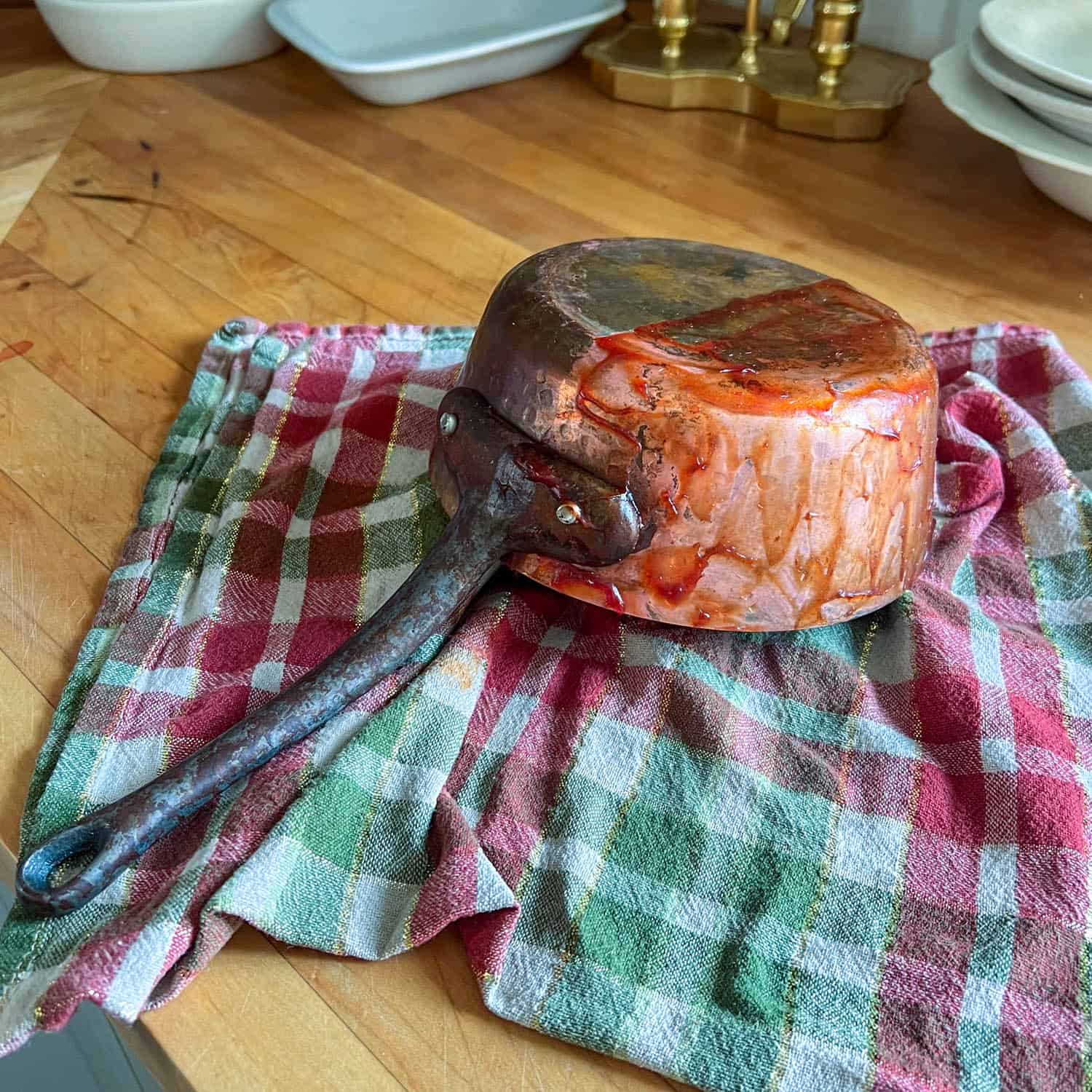
I’ve left it on overnight before. No disaster. No green pot. Just slightly cleaner copper the next morning. This is the beauty of letting acid do the work while you sleep.
Pro Tip: This only works on bare copper. If your pot has a lacquer coating, nothing’s getting through—not even ketchup.
The Results
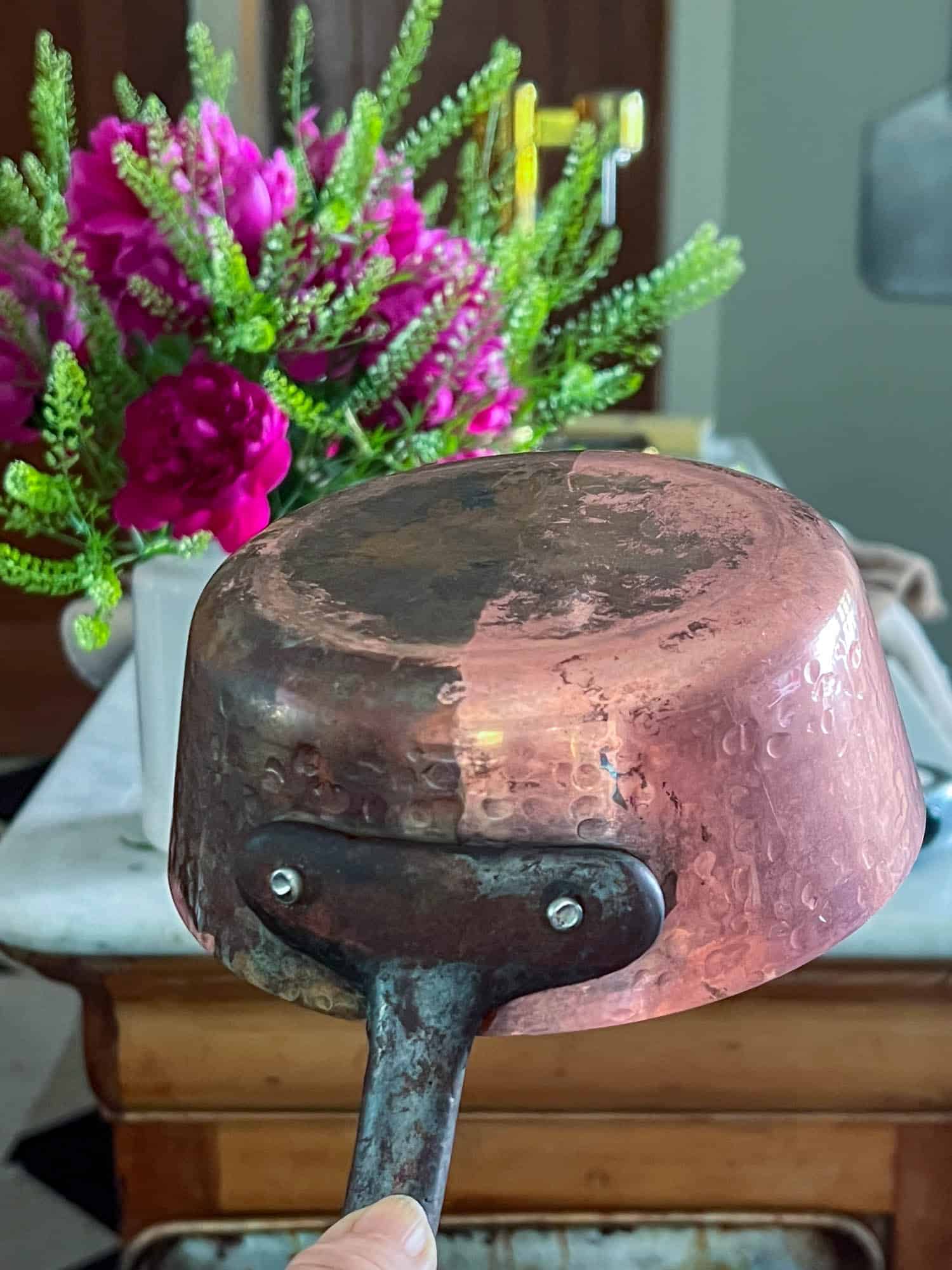
This is not the copper you polish for guests. It’s the copper you actually use—the kind that gets hauled out for real cooking and tossed in the cupboard with zero ceremony.
The result? The pot was lighter, warmer, and definitely cleaner. But not uniformly so. It had a kind of “hand-finished by someone who gave up halfway” look. Which, in fairness, it was.
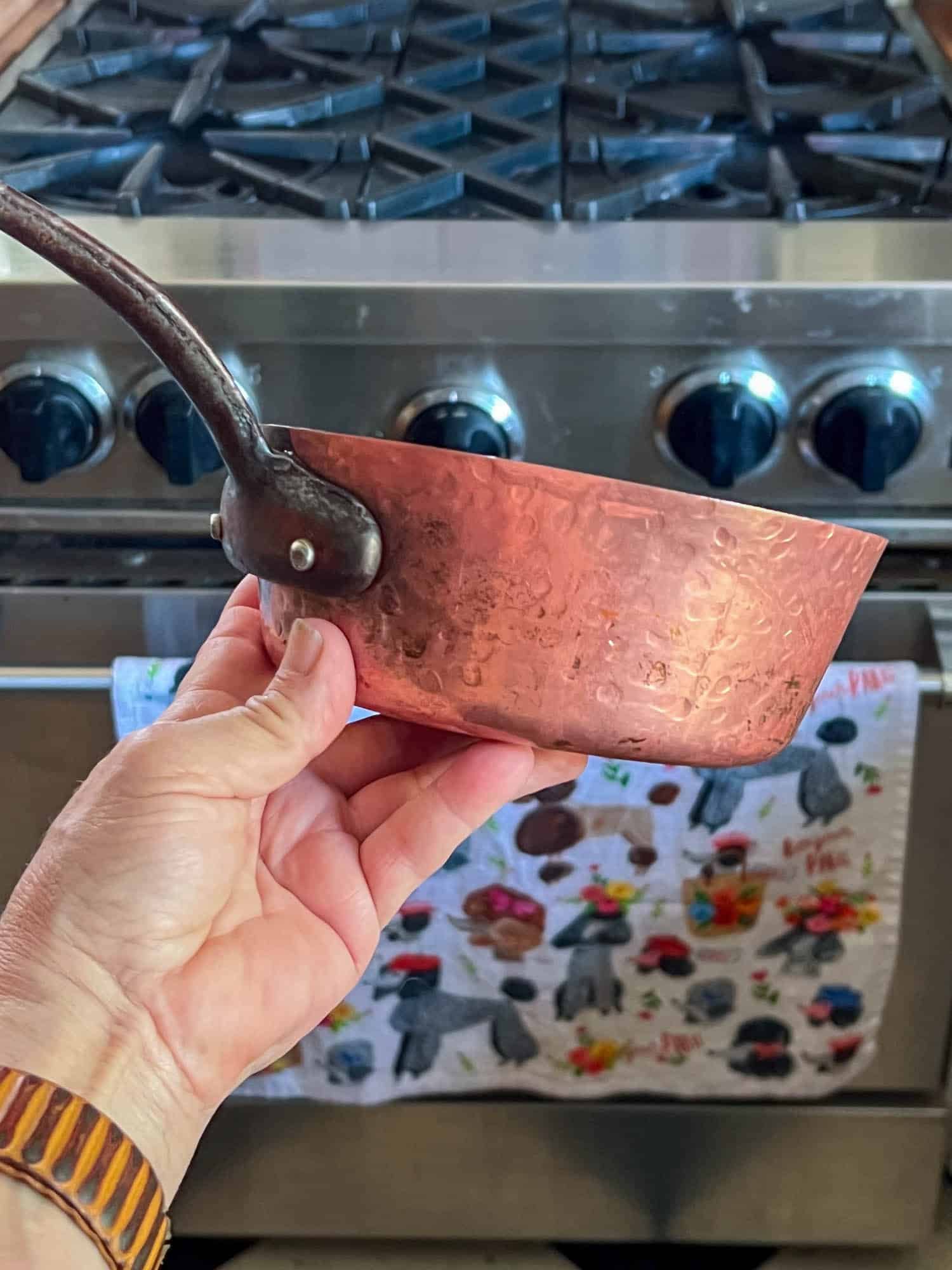
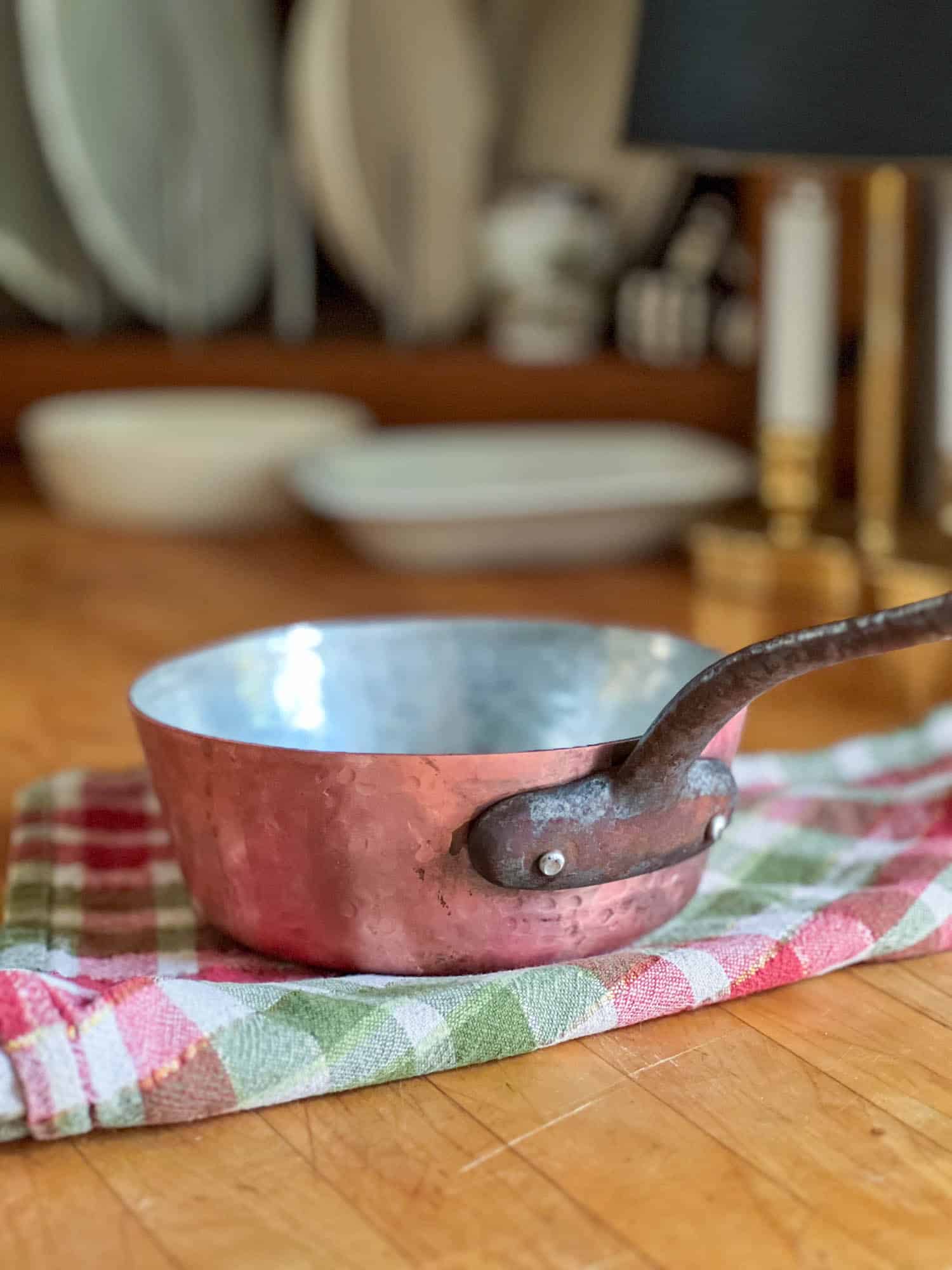
That said, I prefer it this way. It doesn't scream “I cleaned this pot for the internet.” It says, “I cleaned this pot." Clean but not perfect. Like streaky windows.
And that’s the bar I’m aiming for.
Should You Use This Method?
If you’re hoping to make your copper look like it just got out of finishing school, this isn’t the method for you.
But if you like a little patina, or you’ve accepted that life’s too short to polish things weekly (yearly), then welcome. This method is for people who clean copper the same way they fold fitted sheets: badly, and with no intention of improving.
Although if that is a thing you'd like to master I can show you how to fold a fitted sheet perfectly, if you can be bothered.
I wouldn’t use this ketchup on anything lacquered. Or sentimental. Or valuable. But for everyday pots that get used and abused and left with streaks of pesto on the side? This method makes sense.
FAQ
Can ketchup damage a copper pot?
Not if it’s bare copper. I was worried about that too. But no, ketchup won't:
- Etch or pit the copper
- Erode the metal
- Damage the pot’s integrity
- Strip tin lining (unless it sneaks inside and stays there)
How long should I leave the ketchup on?
I left mine for three hours. I’ve also done overnight. Both worked fine. The longer it sits, the less you have to care.
Will ketchup make my pot shiny?
Not even a little. It doesn't contain any polishing agents—so what’s left behind is clean, but not glossy. It will make it cleaner, lighter, and more alive-looking—but it won’t sparkle.
Polishing Your Clean Copper
If you want a glossy, less matte look, after cleaning your copper with ketchup buff it and then finish with mineral oil.
- Buff first
- Use a clean, dry microfiber or flannel cloth
- Gentle, circular motion
- This removes any residual dullness and brings up the base glow
- Then apply a drop of mineral oil
- Just a drop—this stuff goes far
- Rub it in evenly with a soft cloth
- Let it sit for 30 seconds
- Buff again lightly to remove any streaks or excess
I didn't. But if I do I'll alert you with an Internet friendly photo of my shiny copper pot.
It's not a precision method—it’s a “let’s see what happens if I leave ketchup on this pot” method.
And honestly? It happens pretty well.

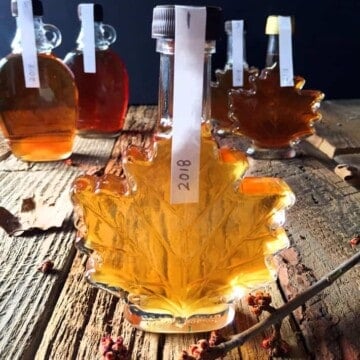

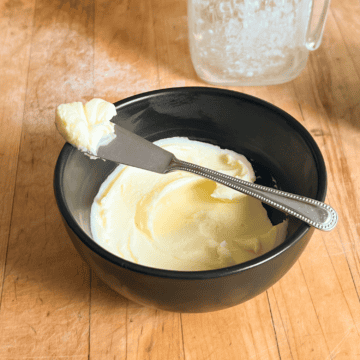
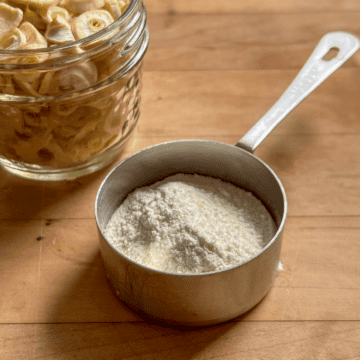
Randy P
Is there no end to the mystical alchemy of ketchup? I think that is so. Though the preferred brand if said condiment here in Chicago is Heinz - but NEVER to come in contact with a hot dog under any circumstance. Also, the only brand of mayo worth consideration is Hellman's. I don't own any copper cooking vessels, but I shall share this entertaining and informative post with my FB followers.